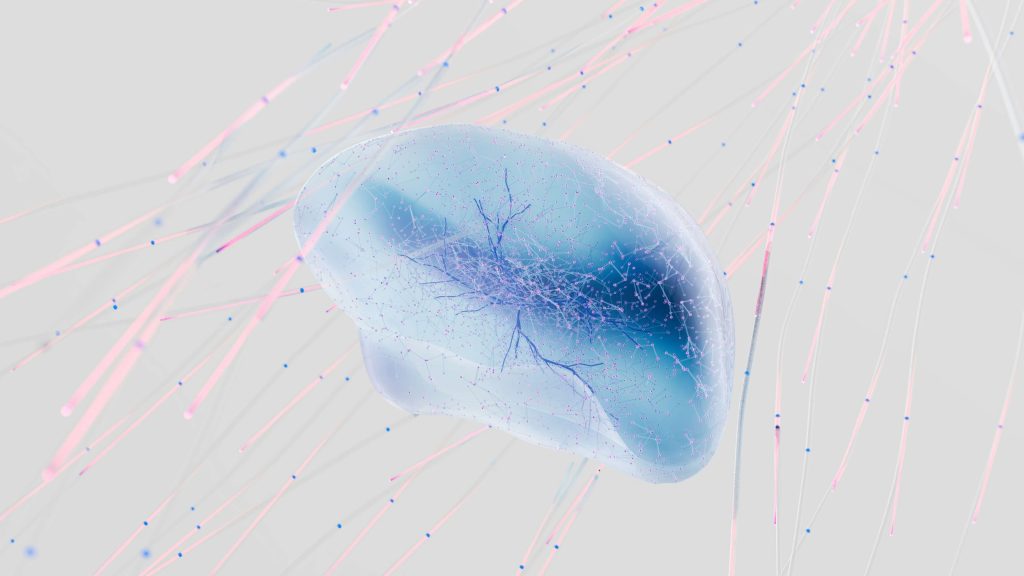Artificial Intelligence (AI) has seen unprecedented advancements over the past years, especially as vast resources are funneled into research initiatives and real-world applications. The focus has expanded beyond mere automation and data analysis to encompass transformative technologies such as Artificial General Intelligence (AGI), AI in social change, and precision crop management. In this article, we will explore these key areas, their current developments, and their implications for society.
.
## AGI Development Initiatives
Artificial General Intelligence (AGI) refers to highly autonomous systems that outperform humans at most economically valuable work. While we haven’t yet achieved AGI, recent developments indicate strides toward this ambitious goal. Notable initiatives have emerged, such as OpenAI’s GPT models and Google’s DeepMind, which are advancing research in safety, ethics, and general-purpose machine learning.
.
OpenAI, for instance, released GPT-4, featuring increased capabilities in reasoning and comprehension, thereby laying some groundwork towards AGI. The system can handle complex tasks, generating human-like text that responds to intricate queries. This advancement has sparked discussions regarding its potential application in various fields, pushing the boundaries of innovation.
.
On the research front, organizations are prioritizing ethical considerations in AGI development. The emphasis on responsible AI includes developing guidelines that ensure alignment with human values and safety protocols. The Partnership on AI, founded by companies such as Amazon, Apple, Facebook, Google, and Microsoft, aims to create a shared understanding of how to construct AGI that safeguards democratic principles and balances economic interests.
.
Moreover, research institutions are exploring AGI’s implications for the economy and labor market. Economists are speculating on the potential displacement of jobs due to automation, leading to initiatives aimed at reskilling the workforce. The ongoing conversations highlight a vital intersection between technology and social policy, emphasizing the need for proactive regulation and workforce transition strategies.
.
## AI in Social Change
AI is not only revolutionizing industries but also serving as a catalyst for social change. Various organizations are deploying AI-driven solutions to combat pressing global issues, such as climate change, health disparities, and social inequality. The technology enables data analysis that drives insights, ultimately leading to informed decisions and more effective policies.
.
One compelling example is the use of AI in healthcare. Machine learning algorithms can analyze patient data to identify healthcare inequalities effectively. Initiatives such as the “AI for Health” by Microsoft aim to use AI to improve health outcomes in underserved populations. By understanding the underlying causes of health disparities, organizations can craft tailored interventions to address them.
.
Furthermore, AI is transforming philanthropic efforts. Nonprofits are leveraging AI to analyze donation patterns, understand community needs, and identify the most impactful areas for investment. Projects focused on social impact leverage platforms that promise greater transparency and accountability in charitable actions. The data-driven approach is vital for optimizing funding strategies to uplift communities in need.
.
However, the intersection of AI and social change is not without challenges. Bias within algorithms remains a significant concern; biased datasets can lead to inequitable outcomes. As such, many organizations are prioritizing the ethical training of AI systems to ensure fairness. Groups like DataKind and the AI Ethics Lab are working to incorporate ethical considerations into AI training processes, striving to minimize bias while maximizing social equity.
.
## Precision Crop Management
Precision crop management, or precision agriculture, is another area where AI is making significant strides. The technology helps farmers optimize crop yields while minimizing resource usage. With the global population expected to reach nearly 10 billion by 2050, the pressure to enhance food production sustainably has never been more critical.
.
Farming practices are being revolutionized through the integration of AI, satellite imaging, and data analytics. Companies such as CropX and Climate Corporation are leveraging AI algorithms that process vast amounts of data to provide farmers with actionable insights. These technologies predict crop health and soil conditions, guiding farmers on the best times and methods for planting and harvesting.
.
The emergence of AI-driven drones and automated machinery further underscores this transformation. Drones equipped with sensors can survey large tracts of crops, gathering rich data on health and vigor. This approach significantly reduces the time and manpower needed for monitoring fields. Additionally, robotic systems can efficiently plant seeds, apply fertilizers, and even perform tasks like weeding—all driven by data collected and analyzed through AI systems.
.
Moreover, precision crop management promotes sustainable farming practices. By precisely measuring resource requirements, farmers can reduce waste and environmental impact, thus contributing to more sustainable agricultural practices. This win-win scenario not only maximizes profitability for farmers but also helps protect the planet’s resources.
.
Challenges in this domain primarily revolve around the accessibility of technology. Smaller farms may lack the resources to adopt AI-driven solutions, creating a potential divide in agricultural productivity. Industry stakeholders are addressing this concern by promoting initiatives that provide affordable technology and training to small and medium-sized farms. Collaborations between tech companies and agricultural entities are essential for fostering inclusive growth in the agricultural sector.
.
## Conclusion
The current landscape of Artificial Intelligence is marked by exceptional growth and influence across various sectors, particularly in AGI development initiatives, social change applications, and precision crop management. As we move forward, it is crucial to build on these developments through collaborative efforts aimed at advancing ethical practices, fostering inclusivity, and embracing the responsibilities that come with such powerful technology.
.
The implications of AI on society are profound, and as stakeholders—ranging from researchers and corporations to policymakers and the public—engage with these developments, the future of AI holds great promise for enhancing industries and addressing social concerns. Striving for a balanced approach that governs the ethical use of AI while unlocking its full potential will ultimately shape the impact of this transformative technology on our lives and world.
.
### Sources:
1. OpenAI. (2023). “GPT-4 Technical Report”. [OpenAI](https://www.openai.com)
2. Microsoft AI for Health Initiative. [Microsoft](https://www.microsoft.com)
3. CropX. (2023). “AgTech Overview”. [CropX](https://www.cropx.com)
4. Partnership on AI. (2023). “About Us”. [Partnership on AI](https://partnershiponai.org)
5. Climate Corporation. (2023). “Smart Farming Solutions”. [Climate Corporation](https://climate.com)




















